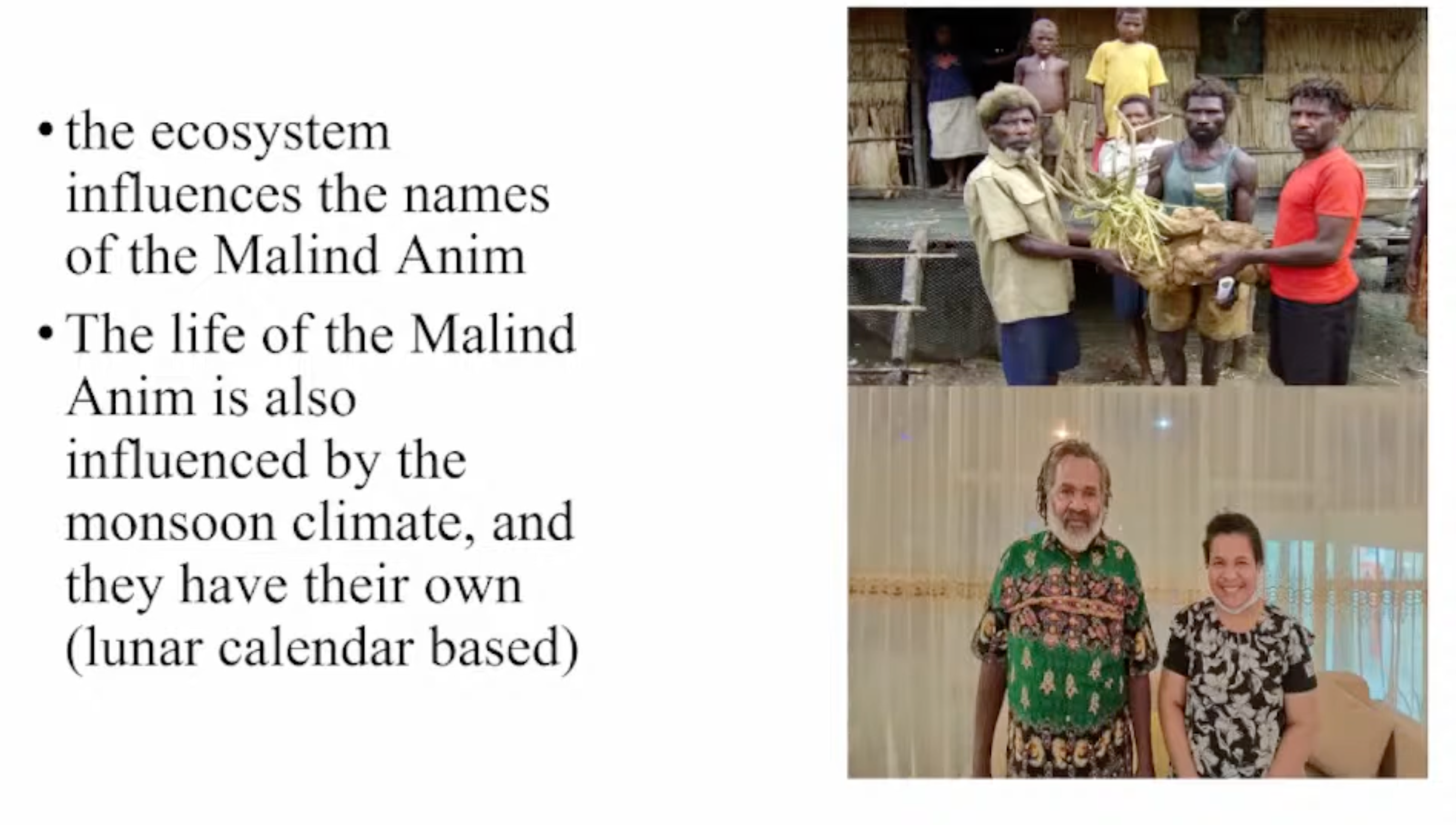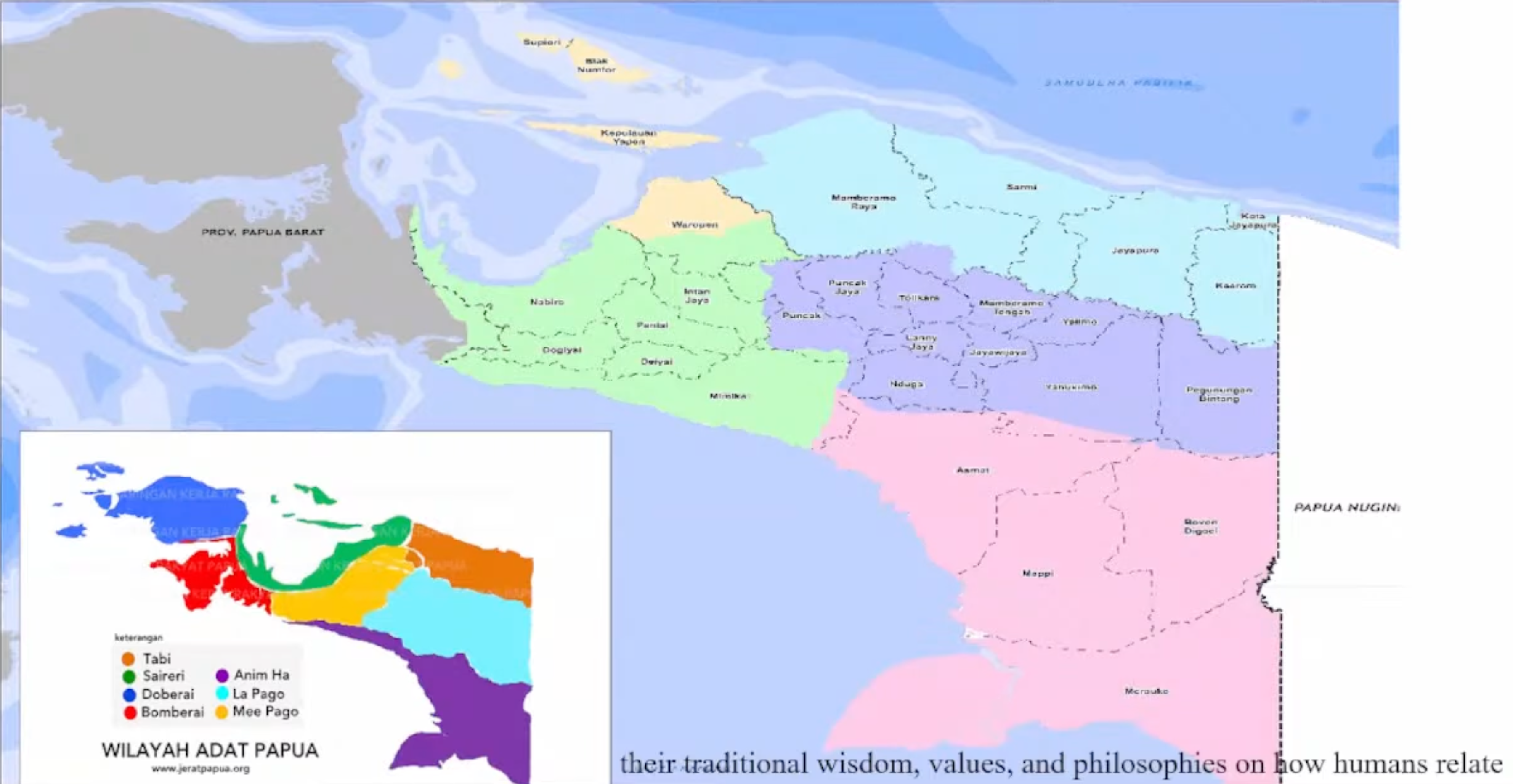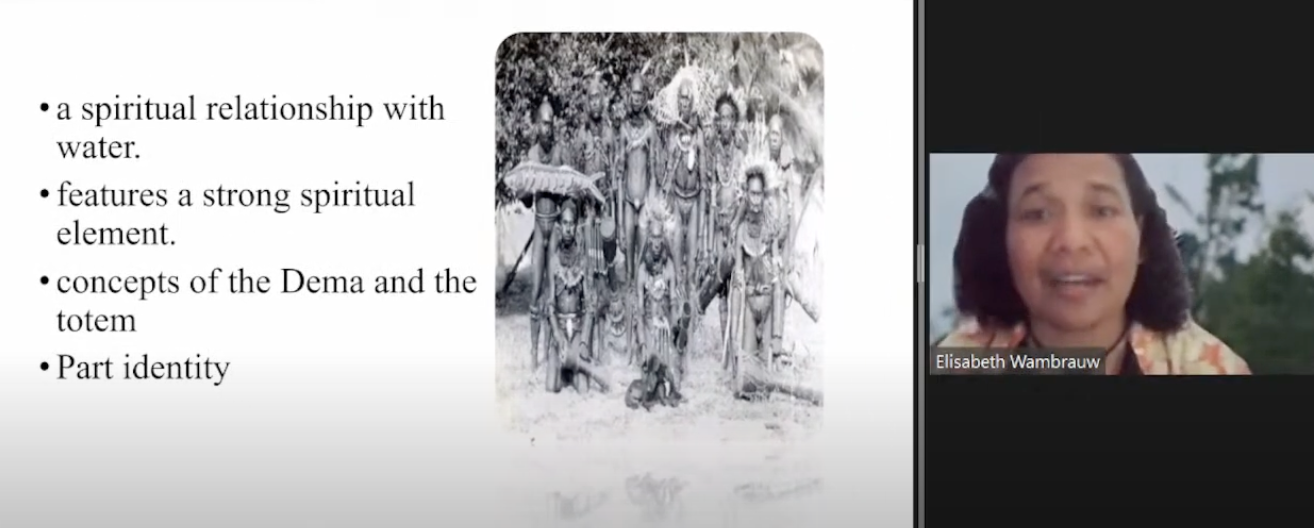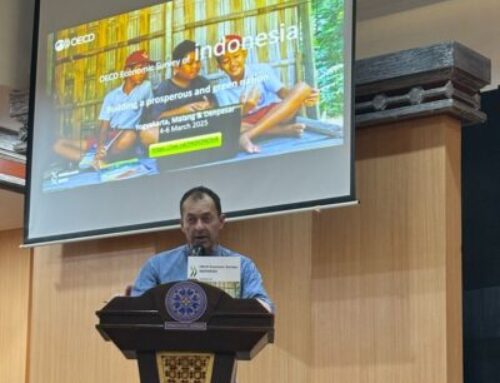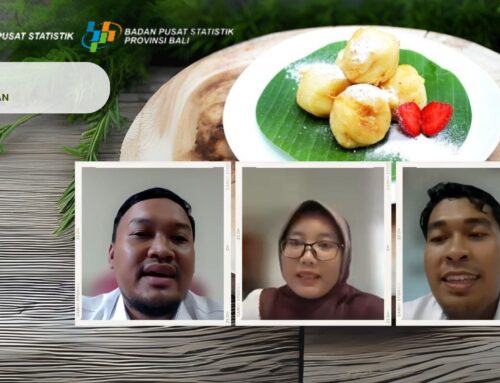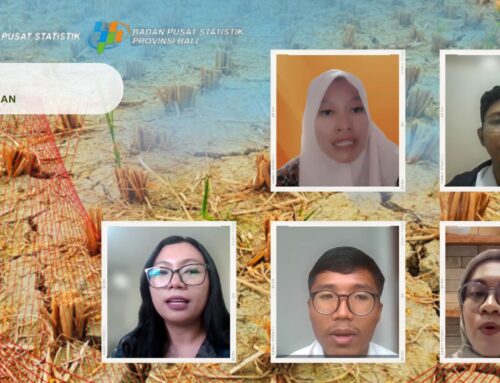FKP dengan tuan rumah Universitas Cendrawasih dengan narasumber Elisabeth Veronika Wambrau (Universitas Cenderawasih). Jumat, 9 Mei 2023
KEY POINTS:
- Indigenous Peoples in Papua, such as the Malind Anim, Enggros, and Sambom tribes, have developed their own unique and effective traditional systems for water governance. These systems are deeply rooted in their worldviews, cultural values, and spiritual connections to nature. They incorporate practical, spiritual, and cultural elements to sustain their communities and preserve the integrity of water sources.
- The examples provided by the Malind Anim, Enggros, and Sambom tribes demonstrate the importance of Indigenous knowledge and practices in water governance. The Malind Anim tribe’s cultivation and drainage system, the Enggros tribe’s mangrove forest governance with designated gender territories, and the Sambom tribe’s traditional zoning system all showcase the holistic and sustainable approaches taken by Indigenous Peoples to protect water resources, ensure food security, and maintain the delicate balance between human needs and the preservation of ecosystems.
SUMMARY
- Papua has abundant water resources, including five main river basins and numerous watersheds, lakes, and groundwater basins. The customary zones of the region, such as Ha Anim, Mamta, and La Pago, are inhabited by different tribes like the Malind Anim, Sambom, and Enggros, each with their own unique water governance practices. Indigenous Peoples in Papua, like elsewhere in the world, have managed to preserve their traditional wisdom, values, and philosophies regarding nature and water.
- The Malind Anim tribe in Papua, residing in the Merauke Regency, has a strong connection with water influenced by their ecosystem. They have distinct identities based on living along the coast, rivers, or swamps. They follow a lunar calendar that distinguishes between the east and west monsoons, marking the dry and wet seasons. Traditional water governance practiced by the Malind Anim includes the wambad cultivation system, using elevated garden beds to avoid flooding. The kamahib drainage system serves as irrigation and fish habitats during the dry season. These practices ensure a year-round supply of high-quality food. The Malind Anim also have a spiritual relationship with water, believing in Dema, spiritual beings transformed into nature. Dema are associated with natural phenomena and specific locations like coastal areas, forests, and wetlands. They refrain from altering the natural landscape to protect sacred water sources.
- Additionally, The Malind Anim follows a totem belief system, where each clan is connected to a particular plant, animal, or natural phenomenon. Totems residing in water are essential to clan identity. Protecting water sources, rivers, and swamps preserves their sacred connection. The holistic approach of the Malind Anim tribe to water governance integrates practical, spiritual, and cultural elements, emphasizing their deep understanding of water’s significance in sustaining their community and identity.
- The Enggros people, along with the Nafri and Tobati people, reside in Youtefa Bay in Papua. Due to their proximity to seawater, the Enggros people construct their houses on stilts and rely on the surrounding nature, particularly the mangroves. The forest governance system of the Enggros people exhibits distinct gender dynamics, with designated “gender territories“. Certain areas, known as “women’s forests” or Tonotwiyat, are exclusively accessed and utilized by women for activities like seashell collection, fishing, socializing, and being comfortable. Violation of these areas by men incurs customary punishment, ranging from different levels of payment.
- The Sambom people reside in Helaksili Village, located in the Abenaho District of Yalimo Regency. They rely on the Eleli River, sourced from Hawi Mountain, as their primary water source. The Sambom people have implemented a traditional zoning system to manage and protect the river, ensuring its high quality for both the local community and wildlife. This system consists of five distinct zones. The first zone is the area of the water spring originating from Hawi Mountain. It is considered sacred in the Sambom worldview, as ancestral ceremonies and rituals were historically performed there. The second one is designated for obtaining drinking and cooking water. The third zone is used for domestic purposes like dishwashing and laundry. The fourth zone serves as the bathing place for men, while the fifth is designated for women’s bathing. The Sambom people’s traditional zoning system ensures the preservation of the water source and the proper allocation of water for different purposes within their community.
- To summarize, Indigenous Papua Peoples have developed their own traditional systems to govern water, deeply rooted in their worldviews and cultural values. The Malind Anim tribe’s traditional cultivation and drainage system effectively control flooding during the rainy season and ensure year-round food security. Their belief systems centered around Dema and totems contribute to the conservation of nature. The Enggros tribe’s mangrove forest governance demonstrates how gender influences human interaction with nature, as evidenced by their designated zones for men and women. Similarly, the Sambom tribe’s traditional zoning system designates sacred sections of the river for wildlife and ensures clean water for the community’s use. These examples highlight the importance of Indigenous knowledge and practices in water governance.
- It is essential to recognize that this only focuses on the knowledge and practices of three out of the 269 Papua tribes. The Indigenous knowledge of other tribes holds unique and time-tested approaches that should be earnestly considered in addressing the environmental and developmental challenges of our time. To achieve water and environmental justice for Indigenous Peoples, it is crucial to conduct further research, gain a deeper understanding, and show respect for their knowledge and practices.
